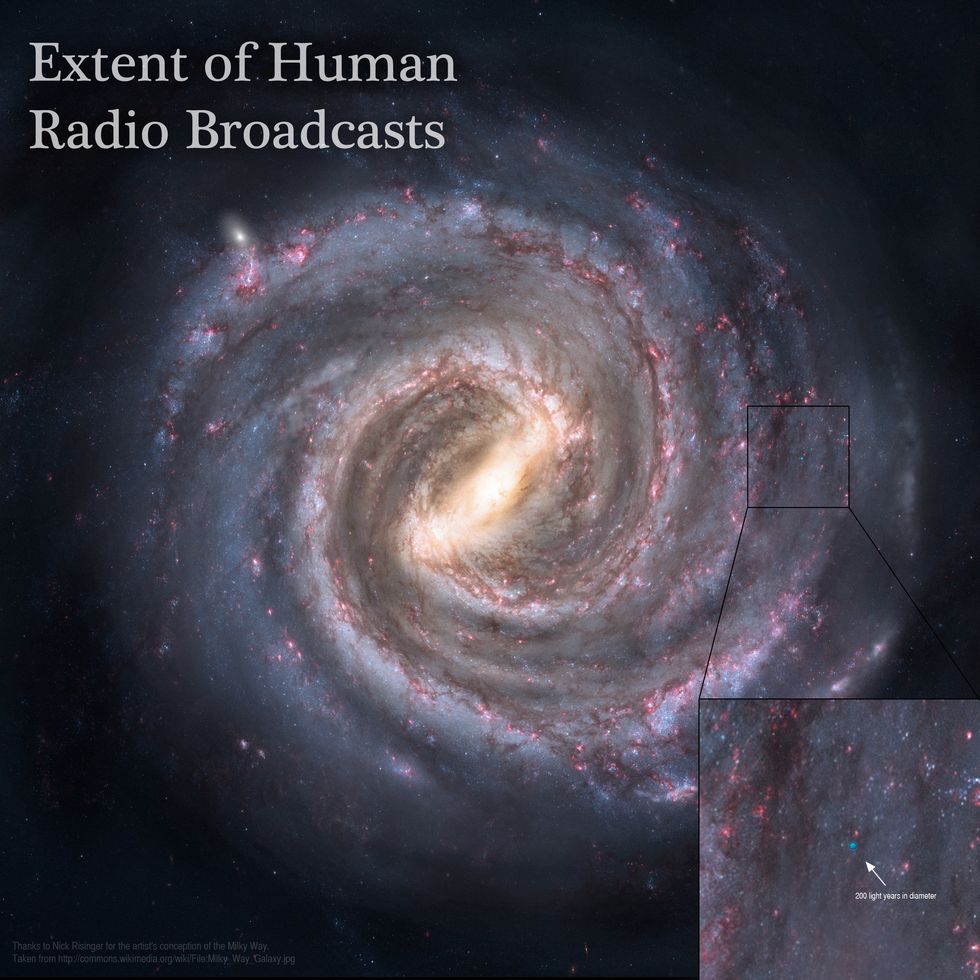Key takeaways:
- The universe’s vastness dwarfs our comprehension: With billions of galaxies and stars, our Milky Way is but a tiny fragment in the cosmic expanse.
- Communicating across space is a monumental challenge: Radio signals, despite traveling at light speed, would take millennia to traverse our galaxy.
- Humanity’s radio broadcasts are a mere blip in space-time: Our signals have only reached a minuscule portion of the Milky Way, limiting the likelihood of extraterrestrial detection.
- Contacting alien life requires immense patience: Initiatives like SETI may need thousands of years to make meaningful communication attempts.
- Self-reliance is paramount in our cosmic journey: While we search for external aid, there’s no guarantee that help will arrive from beyond our world, emphasizing the importance of addressing our own challenges.
Carl Sagan’s iconic statement from his 1990 speech regarding the Pale Blue Dot photograph—”Our planet exists as a solitary speck amidst the expansive cosmic darkness”—underscores a profound truth.
While we may perceive our Milky Way, boasting an estimated 100 to 400 billion stars, as a significant entity in the universe, it’s essential to recognize that there are approximately 100 billion galaxies akin to ours within the observable cosmos. Contemplating the potential for contact with other forms of intelligence amid this vastness presents a daunting prospect.

A visual representation crafted by Adam Grossman of The Dark Sky Company serves to illustrate the magnitude of these cosmic scales. The Milky Way spans between 100,000 and 180,000 light-years across, depending on the point of measurement. Consequently, a signal emitted from one extremity of the galaxy would require 100,000 years or more to traverse its breadth.
Considering that our species commenced broadcasting radio signals into space merely a century ago, this is depicted by a modest blue sphere measuring 200 light-years in diameter enveloping the Earth’s position. Thus, for any potential alien civilizations to have intercepted our transmissions, they must exist within this designated bubble.
The genesis of experimentation with electromagnetic radiation traces back approximately 200 years, with Danish physicist and chemist Hans Christian Ørsted pioneering investigations that demonstrated the correlation between electric currents and magnetic fields. Subsequent contributions from scientists such as Michael Faraday furthered this research, culminating in James Clerk Maxwell’s formulation of the theory of electromagnetism in 1865.
The practical validation of Maxwell’s theories came over two decades later through the experiments conducted by German physicist Heinrich Hertz. Nonetheless, it wasn’t until the advent of long-range radio transmission technologies by Italian inventor and electrical engineer Guglielmo Marconi around the turn of the 20th century that humanity embarked on earnestly broadcasting its presence into the cosmos.
Even under an optimistic scenario where we posit that an advanced extraterrestrial civilization possesses the technological prowess to detect humanity’s inaugural radio emissions amidst the vast expanse of space—and discern them from the ambient cosmic background radiation—the furthest extent of our signals would span slightly beyond 100 light-years.
If one were to randomly select a location within the Milky Way and presume it as the habitat of an advanced alien species, the probability of their proximity to our existence would be infinitesimally small. Even after repeating this selection process a hundred times, it is highly improbable that any dart would land within the confines of our radio wave bubble.
The ongoing efforts of the Search for Extraterrestrial Intelligence (SETI) institute involve vigilant monitoring utilizing state-of-the-art radio telescopes, supplemented by active broadcasting of messages from humanity. However, given the vast dimensions of the galaxy, SETI may need to sustain these listening and transmission endeavours for tens of millennia, at the very least, to entertain the prospect of establishing contact with another sentient species—and even then, success is far from guaranteed. Perhaps, in the interim, we should heed Carl Sagan’s subsequent reflection from his Pale Blue Dot discourse:
“In our insignificance amidst this vast expanse, there exists no indication that assistance will emerge from elsewhere to liberate us from our own follies.”


